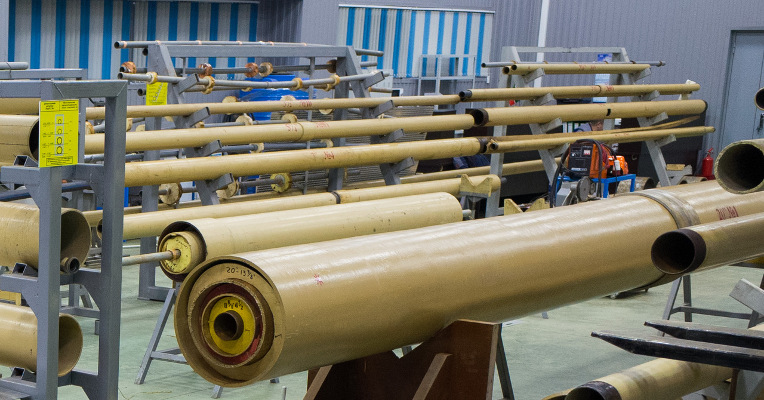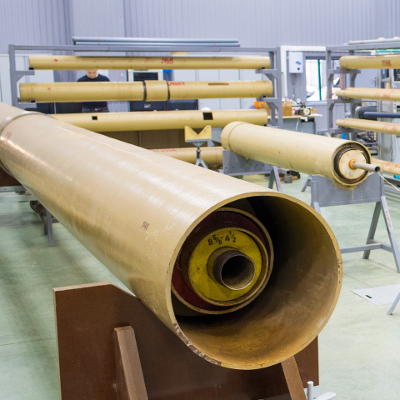
TGT has recently taken its electromagnetic EmPulse® well inspection system to new, more complex and challenging levels with recent successful surveys on wells with very high-chromium tubulars. EmPulse’s capabilities are likely to be particularly applicable for Middle East operators, and also some fields in the Gulf of Mexico, the North Sea and offshore Brazil.
As downhole well conditions become more corrosive, alternative steels and corrosion resistant materials are being considered in the completion process – particularly chrome, nickel and molybdenum. Increasing chromium content helps protect well completions from highly corrosive fluids, such as carbon dioxide, hydrogen sulphide and chloride.
The increase in chrome and the resulting decrease in ferrous content, however, cause electromagnetic [EM] signals to decay too quickly for ordinary EM inspection systems.
Designed and manufactured completely in-house by TGT scientists and engineers, the EmPulse system combines ultra-fast sensor technology with ‘time-domain’ measurement techniques to capture EM signals rapidly and accurately in a wide range of pipe materials, including those with high-chrome content. This enables operators to evaluate pipe thickness and metal loss in multiple casing strings simultaneously, ensuring long-term well performance even in the most challenging production environments.
In three Middle East deployments – one an operator witnessed ‘yard test’ and the others in two live wells – TGT engineers demonstrated that the EmPulse system can quantitatively determine the individual tubular thickness for up to four concentric barriers, even when there are high amounts of chrome in the tubulars.
The Middle East operator-witnessed ‘yard test’ consisted of a 28% chrome pipe with built-in mechanical defects where EmPulse’s high-speed EM sensor technology correctly identified the man-made problems in a controlled environment.
The second operation took place in two live Middle East wells in a very high hydrogen sulphide gas production scenario with 28% chrome tubulars. In this case, the EmPulse system again functioned as planned, and recorded the status of three concentric well barriers. Additionally, a multi-finger caliper recording confirmed the electromagnetic results for condition of the inner pipe.
This ability to take measurements when facing specialised materials in certain well tubulars marks a significant breakthrough for TGT and the industry as a whole. The tests demonstrate how the EmPulse system can deliver accurate corrosion information, address a crucial information gap, and help protect well integrity in challenging production environments.





